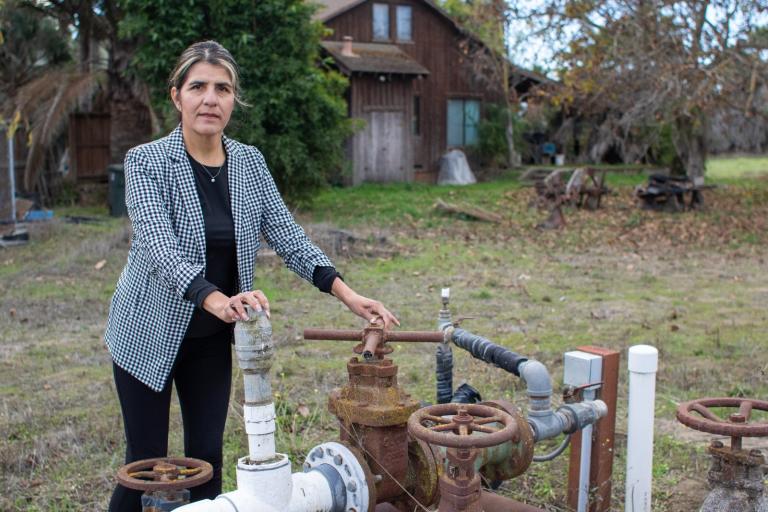In my previous post, I argued that if developing nations refuse to alter their escalating reliance on dirty coal, we’re all screwed. If they are willing to consider more expensive (at least in the short-term) options, the question then becomes, which alternatives are fastest, cheapest, most practicable, and most sustainable?
"Clean coal" is one alternative. There are others. If you think China and India should focus emission reduction efforts primarily on cleaning up coal rather than shifting to renewables and efficiency, you need a good argument. You have to explain why clean coal is fastest, cheapest, most practicable, and most sustainable.
Here are some familiar but weak arguments in favor of clean coal:
- China and India have access to a bazillion tons of coal; it’s the only fuel plentiful enough to satisfy their rising demand.
Irrelevant. There are virtually infinite amounts of sunlight and wind available; we could not possibly exhaust the energy coming up through the earth’s crust; most analysts believe that negawatts could be found as fast as coal plants could be built. The issue is not how much of a particular electricity source is available, but how much electricity produced from that source costs.
- Coal is cheap.
Misleading. Dirty coal is cheap, and only if you exclude externalities from the equation. If you make coal clean — i.e., add CO2 scrubbers or sequestration facilities — you make it substantially more expensive. If you price in the externalities, you make it substantially more expensive. If you do both, you make it enormously more expensive. (And to be clear: clean coal is "clean" only vis-à-vis one of its externalities, CO2; other externalities include destruction of landscapes, mining accidents and deaths, particulate air pollution, water pollution, respiratory and nervous system health ailments, and intensive water use.) In short, coal’s "cheapness" is an illusion. It might still be true that, externalities excluded, clean coal is less expensive than R&E, but it’s never going to be "cheap" like unregulated coal is cheap. All the alternatives to dirty coal are more expensive.
Here are some familiar and plausible arguments in favor of clean coal:
- Sunk costs and inertia.
China and India don’t feel like they have any time to waste; they are moving millions of people out of poverty. They know how to mine coal, build coal plants, and hook them up to growing cities. No one yet knows how to industrialize sustainably, with a network of distributed renewable power sources linked via a smart grid to carbon neutral buildings, electric vehicles, and electrified inter-city public transport. Switching over would mean, to use the venerable cliche, rebuilding the ship while it’s sailing — or in China’s case, rebuilding the speedboat while it’s zipping through the waves … using an experimental new speedboat plan that no one has proven seaworthy.
- Path of least resistance.
Even if moving to R&E would yield a net economic benefit, it would be more difficult. It’s one thing to slap scrubbers onto existing coal plants, or even to build different kinds of coal plants (IGCC). That fits in China’s current social, political, and economic arrangements. It does not disturb the basic centralized hub-and-spoke electricity model. Moving to R&E means taking a holistic approach to electricity, diversifying and distributing supply while working aggressively on demand reduction. Such a program would require enormous investment of capital — not just economic but political and social capital. It’s ambitious in a way cleaning coal isn’t.
- Political pragmatics.
Just as in America, lots of rich and powerful people in China and India made their fortunes on coal or the cheap power dirty coal provides. Just as in America, they will fight anything that weakens coal’s grip on the economy. Just as in America, the path to lower emissions will be much less contentious if it doesn’t go over coal’s corpse.
- The possibility of carbon negative energy.
If developed and brought to scale, sequestration could serve long past the day when coal finally fades. If attached to biomass facilities burning, say, agricultural waste, CCS could yield carbon-negative power. All the biofuel caveats apply … but still.
I agree with Jeremy and others that the arguments above, particularly the first two, put the burden of evidence on those who would spurn coal rather than clean it up. Such an enormous disruption of settled development paths requires compelling justification. I’ll try to offer at least some of that justification in part three.

